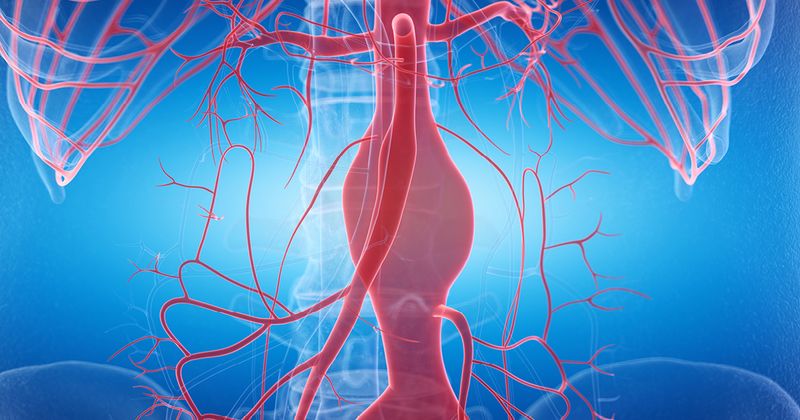Nicardipine prevents angiographic vasospasm after aneurysmal subarachnoid hemorrhage
Key takeaways:
- Moderate to severe angiographic vasospasm was detected more often in controls than in those given implants.
- At 52 weeks, favorable outcomes were noted in 12 of 18 controls and in 16 of 19 patients given implants.
Use of nicardipine release implants during surgical aneurysm repair was safe, efficacious and led to better outcomes compared with standard care alone, according to research published in JAMA Neurology.
“So far, oral systemic nimodipine represents the only guideline-recommended pharmacologic therapy for the prevention of a [vasospasm]-associated [delayed cerebral ischemia], but remains hampered by limited effectiveness,” Lars Wessels, MD, a physician in the department of neurosurgery, Charite-University Medical Center Berlin, and colleagues wrote.

As cerebral vasospasm likely leads to suboptimal outcomes following aneurysmal subarachnoid hemorrhage (aSAH), Wessels and colleagues sought to examine the safety and efficacy of localized nicardipine release implants in those at risk for developing proximal vasospasm after aSAH.
Their phase 2b, single-masked multicenter, randomized clinical trial was conducted at six academic neurovascular centers in Germany and Austria, and included 41 individuals with World Federation of Neurological Surgeons grade 3 or 4 aSAH due to a ruptured anterior circulation that required microsurgical aneurysm repair. Participants were randomly assigned 1:1 within 48 hours of the rupture to receive either 10 implants at 4 mg of nicardipine each plus standard of care (implant group) or aneurysm repair alone plus standard of care (control group).
The study’s primary endpoint was the incidence of moderate to severe cerebral angiographic vasospasm (aVS) between days 7 and 9 following the initial aneurysm rupture, while the primary safety endpoint was the occurrence of any adverse events following randomization that may not have been caused by the treatment. The primary efficacy analysis included 39 participants.
According to the results, between 7 to 9 days post rupture, moderate or severe aVs was detected in 11 of 19 individuals in the control group compared with four of 20 in the implant group. Concurrently, vasospasm rescue surgery was required in two of 20 patients randomized to receive the implant and 11 of 19 among the controls.
Data further show that, up to day 21, 180 treatment-adverse events were logged (implant group, n = 84; controls, n = 96), while new cerebral infarcts were noted in six of 19 individuals in the control group and in two of 20 in the implant group. At 52 weeks, favorable outcomes were noted in 12 of 18 patients in the control group and 16 of 19 patients in the implant group.
“Our findings regarding the magnitude of the intensive care unit stay in the implant group ... may justify the use of nicardipine implants from an economic health care standpoint,” Wessels and colleagues wrote.
